Japanese B Encephalitis Vector
Tritaeniorhynchus and Aedes esoensis attack both animals and man. Transmission of Japanese Encephalitis Virus Japanese encephalitis JE virus a flavivirus is closely related to West Nile and St.
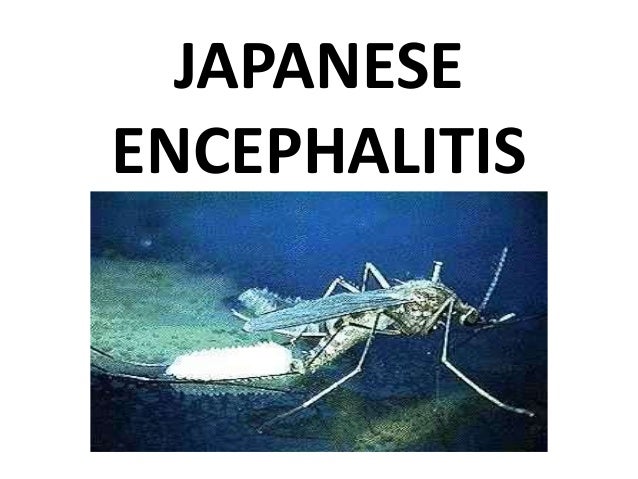
Epidemiology Of Japanese B Encephalitis
Flaviviruses give three types of clinical syndromes.

Japanese b encephalitis vector. JE virus is transmitted to humans through the bite of infected Culex species mosquitoes particularly Culex tritaeniorhynchus. CNS diseases mainly encephalitis St Louis Japanese B West Nile Murray Valley Ilheus Kunjin etc. For most travelers to Asia the risk for JE is very low but varies based on destination length of travel season and activities.
1 JE is the main cause of viral encephalitis in many countries of Asia Figure 1 with an estimated 68 000 clinical cases every year. Severe systemic diseases involving liver and kidneys. Outbreak of Japanese B encephalitis among haymakers who migrate for 6-9 weeks to the lush grasslands around parts of the Black Sea was described.
Japanese encephalitis virus JEV causes an important zoonotic vector-borne disease first isolated from a human in Japan in 1935 ref. Knowledge of the contemporary distribution of this vector species is lacking and efforts to define areas of disease risk greatly depend on a thorough. Japanese encephalitis JE is a vector-borne zoonotic disease caused by the Japanese encephalitis virus JEV.
JE occurs in practically all Asian countries. The severity and extent of encephalitis. Japanese encephalitis virus JEV is a significant cause of neurological disease in humans throughout Asia causing an estimated 70000 human cases each year with approximately 10000 fatalities.
4 Japanese B encephalitis has been mainly found in Asia that can be transmitted through the bite of a mosquito which of the following is the reservoir of the virus. In 1938 the virus was first isolated from its primary vector. Japanese encephalitis JE virus is the leading cause of vaccine-preventable encephalitis in Asia and the western Pacific.
This medically important arbovirus is primarily spread from vertebrate hosts to humans by the mosquito vector Culex tritaeniorhynchus. Officials from health departments and dignitaries from different line departments were present in the meeting. Japanese encephalitis JE is a mosquito borne viral encephalitis caused by a flavivirus related to the dengue yellow fever and West Nile viruses and shares 561 amino acid sequence identity with the Zika virus.
Japanese encephalitis JE is a vector-borne viral disease that occurs in South Asia Southeast Asia East Asia and the Pacific 1. 2 Globally 75 of cases occur in. Japanese encephalitis JE is a vector-borne viral zoonosis that also affects humans.
The vectors responsible for the transmission of JE are mainly Culex mosquitoes including Culex tritaeniorhynchus Culex gelidus and Culex fuscocephala. JE virus is a member of the vector-borne flaviviruses with similarities to several other flaviviruses such as dengue fever and West Nile virus. The virus contains a positive sense RNA genome within a host-derived membrane and is.
The disease can cause irreversible neurologic damage. Of the 3 responsible vectors Culex bitaeniorhynchus confines its attacks almost exclusively to animals while C. Most people infected with JE do not have symptoms or have only mild symptoms.
And milder systemic diseases characterized by severe muscle pains and a rash that may be hemorrhagic West Nile and some of the tick-borne viruses. This species feeds outdoors beginning at dusk and during evening hours until dawn. The first human encephalitis case in Malaya now Malaysia was reported during World War II in a British prison in 1942.
Japanese encephalitis JE is one of the most significant aetiological agents of viral encephalitis in Asia. An estimated 3 billion persons live in countries where the JE virus is endemic 2 and the annual incidence of the disease is 3000050000 cases 1. The next documented epidemic in Japan occurred in 1924 with 6125 human cases resulting in 3797 human deaths 62 case-fatality rate.
It is currently present in East and Southeast Asia and. It causes encephalitis in human and horses and may lead to reproductive failure in sows. In China and many endemic areas in Asia Culex tritaeniorhynchus is the principal vector.
The first historic mention of Japanese encephalitis occurred during the summer encephalitis outbreaks in the late 1870s. The virus was first isolated in Japan in 1935 from a fatal human case of encephalitis. A District Task Force meeting on Acute Encephalitis Syndrome Japanese Encephalitis and other vector-borne diseases was held at the Deputy Commissioners conference hall under the chairmanship of ADC H on Wednesday.

Epidemiology Of Japanese B Encephalitis

Next Generation Dna Led Technologies 2016 Sharada Avadhanam G Jyothsna Amita Kashyap Applied Science Ebook Science And Technology
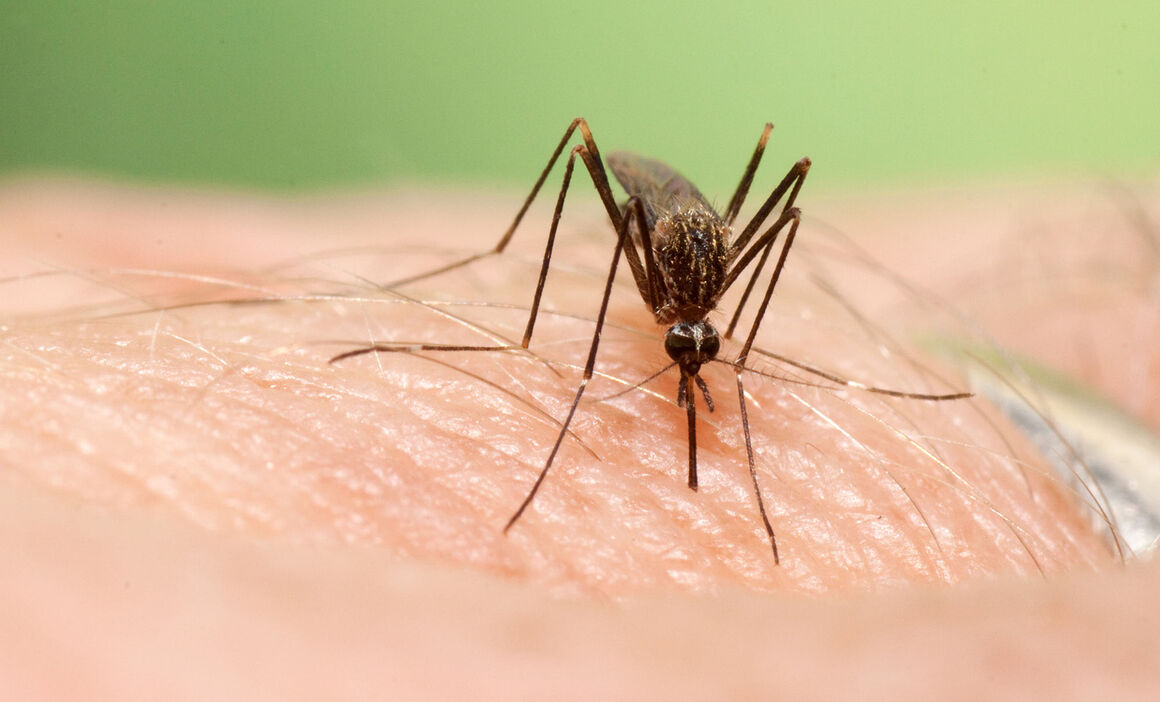
Aedes Japonicus Factsheet For Experts
Https Www Jstor Org Stable 24111581

Lymphatic Filariasis Elephantiasis Lymphatic Filariasis Lymphatic Class Presentation
Identifying Sources Pathways And Risk Drivers In Ecosystems Of Japanese Encephalitis In An Epidemic Prone North Indian District

Who Takes A Position On Genetically Modified Mosquitoes Genetics Genetically Modified Japanese Encephalitis

Map 3 08 Geographic Distribution Of Japanese Encephalitis Japanese Encephalitis Centers For Disease Control And Prevention Disease Prevention
Https Www Jstor Org Stable 24111581
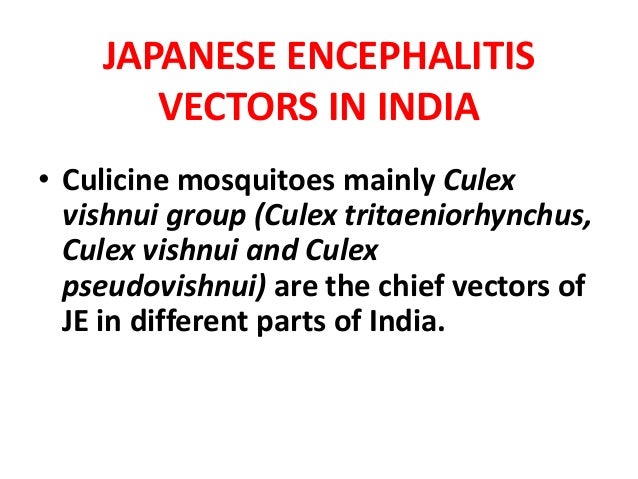
Epidemiology Of Japanese B Encephalitis
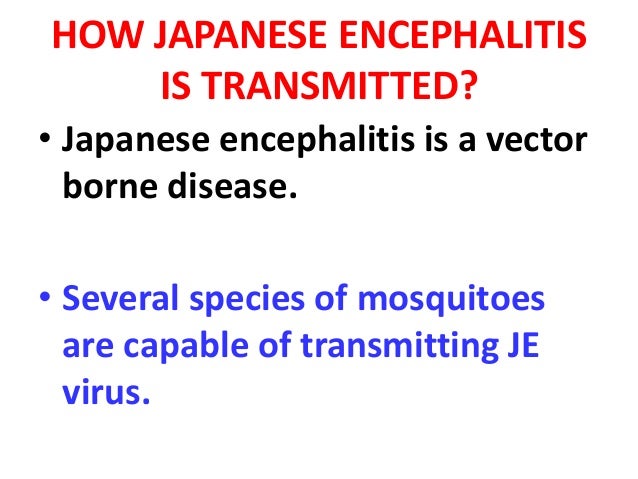
Epidemiology Of Japanese B Encephalitis
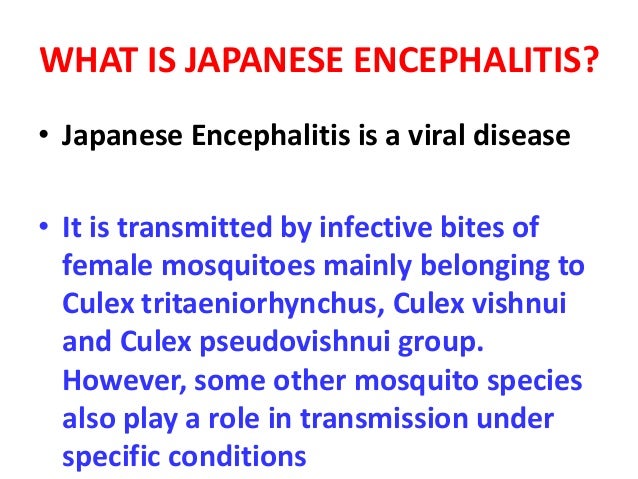
Epidemiology Of Japanese B Encephalitis

Japanese Encephalitis Vaccines

Japanese Encephalitis Vaccines
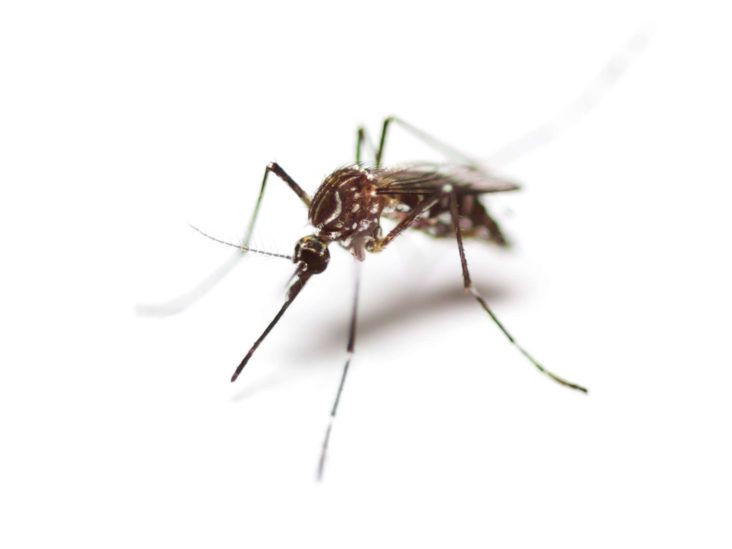
Japanese Encephalitis Symptoms Treatment Transmission And More




Post a Comment for "Japanese B Encephalitis Vector"